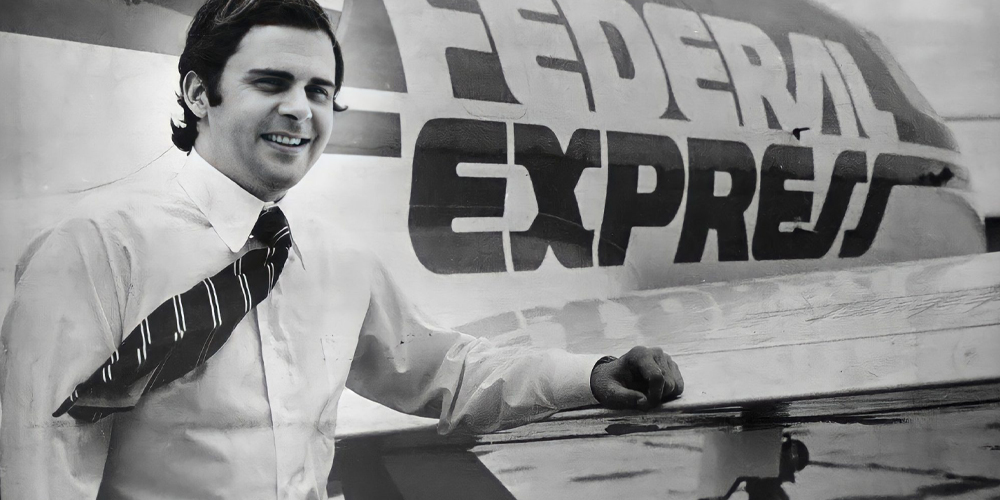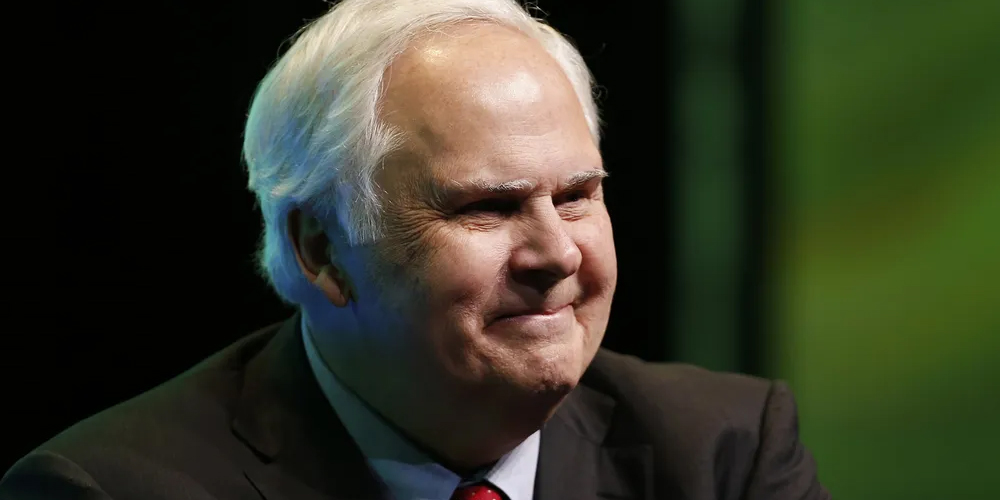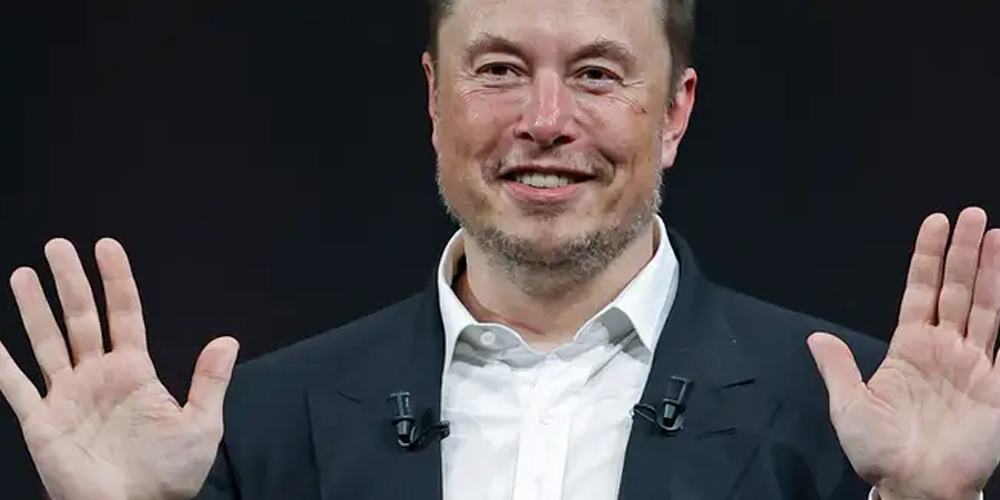Fred Smith is one of the most influential figures in the world of business, best known as the founder, chairman, and CEO of FedEx, the global logistics company that revolutionized the transportation and delivery industry. Smith’s approach to risk—particularly his willingness to take bold and calculated chances—has played a central role in his success and in shaping FedEx into the powerhouse it is today.
In this article, we’ll explore Fred Smith’s unique approach to risk, the pivotal moments where his decisions paid off, and why his fearless attitude toward risk-taking has become a model for entrepreneurs and business leaders around the world.
1. The Birth of FedEx: Taking a Big Gamble
Fred Smith’s journey to success began in 1971, when he founded Federal Express (FedEx) with the idea of creating an integrated air-to-ground system for overnight deliveries. At the time, the logistics industry was dominated by large, established players, and the idea of a company offering overnight delivery on a national scale was considered a risky, if not impossible, venture.
In fact, when Smith pitched his idea to venture capitalists, he faced considerable skepticism. His concept of a centralized hub-and-spoke delivery system, in which packages would be routed through a central location, was innovative but untested. The industry was accustomed to slower delivery times and less-efficient models, and many experts doubted that the market would support the concept.
Yet Smith’s gamble paid off. Instead of opting for a safer route, he chose to focus on creating a completely new delivery model that would disrupt the market. This willingness to risk failure in pursuit of innovation is what set FedEx apart from other companies and ultimately led to its success. In 1973, Smith launched the first FedEx hub at Memphis International Airport, a move that would change the way the world viewed logistics and delivery.
2. Risking the Company’s Future: The 1973 Financial Crisis
Fred Smith’s willingness to take risks became even more evident during the 1973 oil crisis. At the time, FedEx was still in its early stages and operating at a loss. The surge in fuel prices due to the OPEC oil embargo posed a serious threat to the company’s financial stability, making it difficult for FedEx to remain competitive while continuing to offer overnight services.
In an audacious move, Smith decided not to scale back FedEx’s operations in the face of these rising costs. Instead, he doubled down on the company’s commitment to fast delivery, believing that the demand for rapid service would continue to grow. To keep the company afloat, Smith took a substantial financial risk by borrowing $11 million from banks and using FedEx’s planes as collateral.
This move was controversial, but Smith’s gamble paid off. Despite the financial strain, FedEx survived the crisis and continued to grow. The company’s commitment to speed and reliability became its key differentiators, and by 1976, FedEx was operating in the black. Smith’s decision to invest in the future rather than retreat in the face of adversity demonstrated the power of strategic risk-taking.
3. Risking FedEx’s Reputation: The 1990s International Expansion
As FedEx grew, Smith faced another risk-filled decision: expanding internationally. By the early 1990s, the company had established a dominant presence in the United States, but the global logistics market was far more complex. International delivery services presented unique challenges, from differing regulations to unpredictable market conditions, and Smith had to weigh the potential rewards against the risks of failure.
Smith’s decision to expand globally was met with skepticism. Some industry experts believed that FedEx would be unable to replicate its success in foreign markets, where competitors had established strong footholds. Despite these doubts, Smith moved forward with the expansion, believing that the company’s efficient, reliable delivery network could be adapted to international markets.
FedEx’s international operations proved to be a key growth driver. Today, FedEx operates in more than 220 countries and territories, and its global reach is one of the company’s greatest strengths. Smith’s risk-taking during the 1990s allowed FedEx to become the global logistics leader it is today.
4. Innovating in Technology: The Risk of Automation
In the late 1990s and early 2000s, Fred Smith faced a new challenge: how to integrate cutting-edge technology into FedEx’s operations without compromising the company’s high standards of customer service. Smith’s decision to invest heavily in automation, robotics, and advanced IT systems represented a major risk, as it involved significant upfront costs and the potential for failure in the face of rapid technological change.
Smith chose to embrace technology and modernize FedEx’s operations with the hope that it would enhance efficiency and reduce costs in the long run. FedEx’s investments in technology, such as its advanced package tracking system and automated sorting facilities, were risky but ultimately transformed the logistics industry. These technological innovations allowed FedEx to continue offering fast, reliable service while improving operational efficiency, and they became a key competitive advantage.
As technology continues to evolve, Smith’s willingness to take risks in this area has positioned FedEx as a leader in supply chain innovation. The company’s investments in automation and artificial intelligence have not only enhanced its logistics operations but also helped redefine the role of technology in the global supply chain.
5. Risking Reputation for Environmental Responsibility
In recent years, Fred Smith has taken another risk: positioning FedEx as a leader in environmental sustainability. The logistics industry is one of the largest contributors to global carbon emissions, and many companies have been criticized for their environmental impact. However, Smith decided to take a bold stance by committing FedEx to reducing its carbon footprint and investing in green technologies.
In 2008, FedEx announced its goal to reduce its carbon emissions by 20% by 2020. This commitment required significant investment in alternative fuel vehicles, energy-efficient technologies, and carbon offset programs. At the time, the decision to prioritize environmental responsibility was considered a risky move for a company whose operations relied heavily on transportation and energy consumption.
Despite the challenges, Smith’s risk has paid off. FedEx has made significant strides toward its sustainability goals, and its efforts have earned the company a reputation as a responsible corporate citizen. Smith’s decision to focus on environmental responsibility has not only helped reduce FedEx’s carbon footprint but also created a positive image for the company in the eyes of customers and investors.

6. The Payoff: Why Fred Smith’s Approach to Risk Worked
Fred Smith’s approach to risk—whether it was taking a chance on a new business model, risking the company’s financial stability during an oil crisis, or betting on technological innovation—has consistently paid off. His ability to take calculated risks, backed by thorough research, intuition, and confidence in his vision, has allowed him to shape FedEx into a global leader in logistics and transportation.
Smith’s approach has always been grounded in a long-term view. Rather than focusing on short-term gains or avoiding risk altogether, he has consistently made decisions with an eye toward the future. This willingness to take calculated risks, often in the face of uncertainty, has been one of the key drivers behind FedEx’s success.
7. Conclusion
Fred Smith’s approach to risk-taking has been a defining characteristic of his leadership and has played a crucial role in FedEx’s remarkable success. His boldness and willingness to make tough decisions in uncertain circumstances have allowed him to navigate challenges and capitalize on opportunities that have propelled the company to new heights. Whether it was risking the company’s financial future during the oil crisis, embracing technology to modernize operations, or committing to sustainability in an industry known for its environmental impact, Smith’s risk-taking has paid off time and time again.
Fred Smith’s career is a testament to the importance of embracing calculated risks in business. His ability to innovate and stay ahead of the curve has made him a model for entrepreneurs and leaders seeking to make a lasting impact in their industries. Ultimately, Smith’s legacy shows that success often comes to those who are willing to take risks, learn from their mistakes, and remain committed to their vision.






